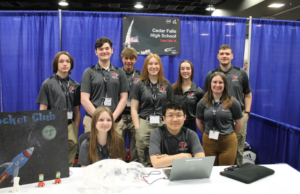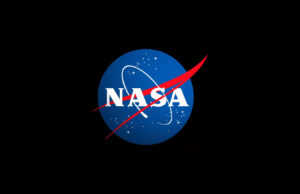2017: A SPACE ODYSSEY: Discovery of seven planets inspires world of possibilities
On Feb. 22, NASA made an announcement that reignited the nation’s child-like luster for space expedition.
A collection of seven planets around a dwarf star called Trappist-1 have been noted because of their similarities to our own solar system. Three of the seven planets are in what NASA called the habitable zone, meaning they are a close enough to the main star, without being too close.
All of this is very encouraging to anyone looking to become a modern astronaut. Except not really. Firstly, the system is about 40 light years away, which is pretty close considering the size of the universe. However, it would take roughly 700,000 years for any current spacecraft to reach 40 light years.
Secondly, just because planets are in the habitable zone, it does not mean they do or even could hold life. Earth, Venus and Mars are in the habitable zone here in our solar system, yet not all of them hold water, so it’s a huge question on whether or not any of these plants could actually sustain any life.
Scientists knowledge of space is relatively small compared to the sheer size of the universe. What this discovery proves is that the universe is full of systems and galaxies that could be similar to our own. If something so similar is a near 40 light years away, imagine the possibilities in this 93 billion light year wide universe.
To the future astronauts, space engineers and rocket scientists, they have their work cut out for them. Please stay in school. Sincerely, humanity.









You must be logged in to post a comment Login